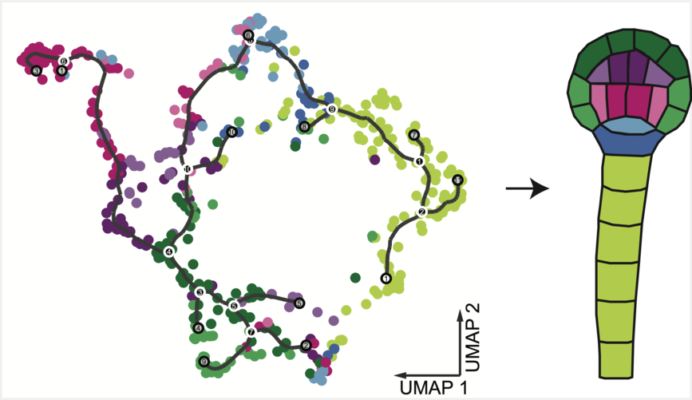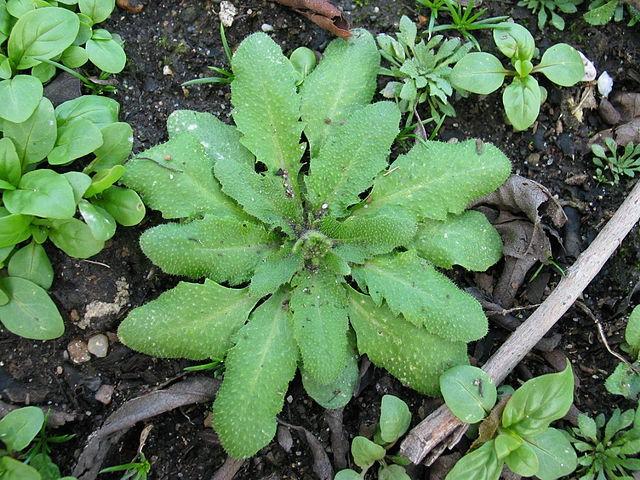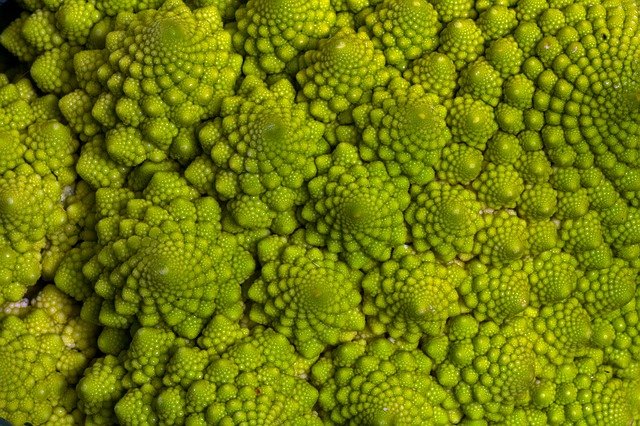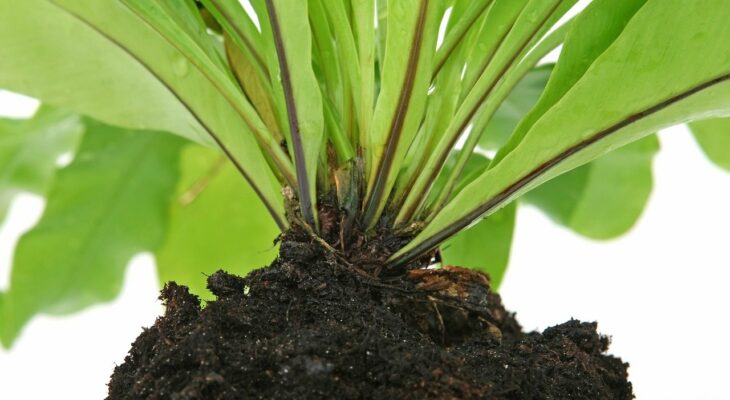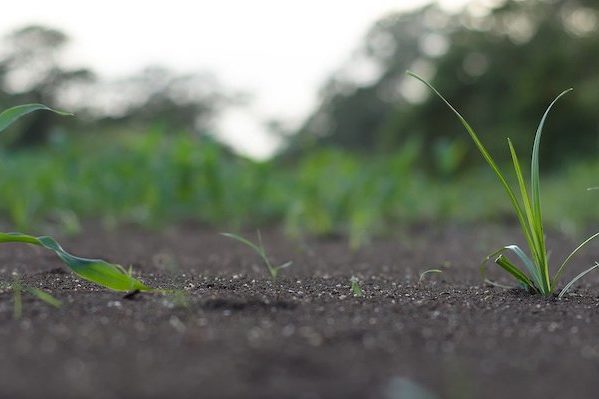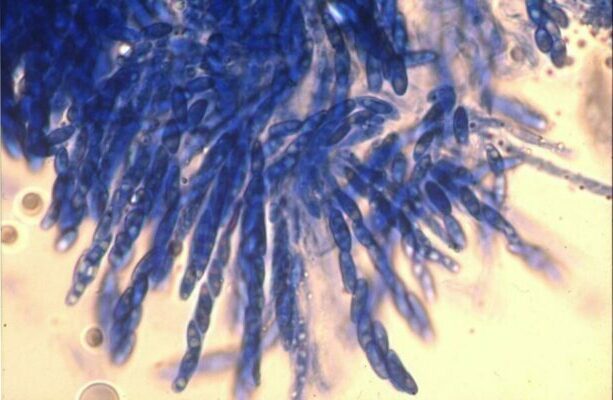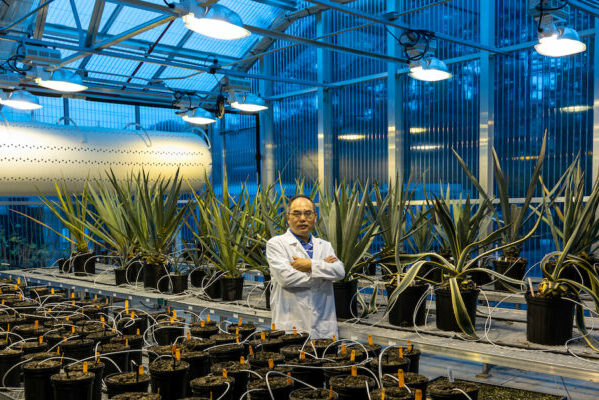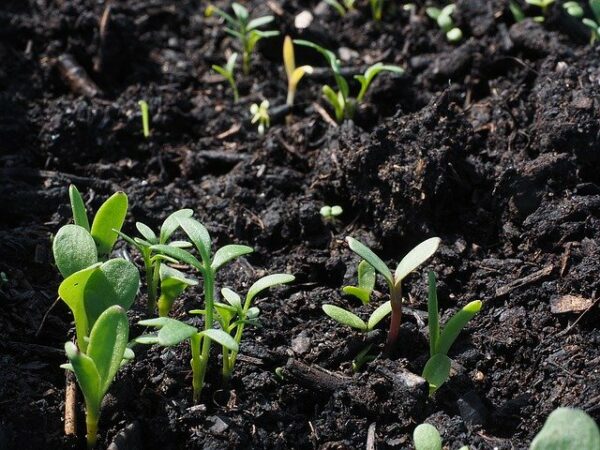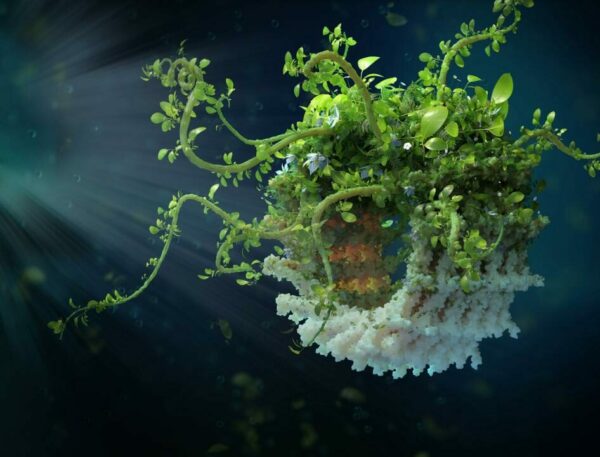
Plant Protector: How plants strengthen their light-harvesting membranes against environmental stress
An international study has revealed the structure of a membrane-remodeling protein that builds and maintains photosynthetic membranes. These fundamental insights lay the groundwork for bioengineering efforts to strengthen plants against environmental stress, helping to sustaining human food supply and fight…
Read More



